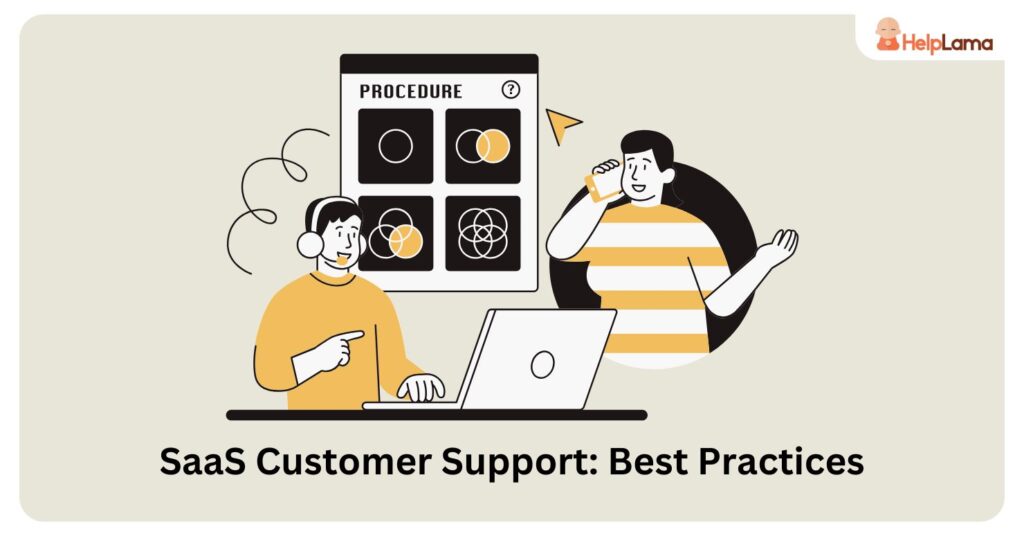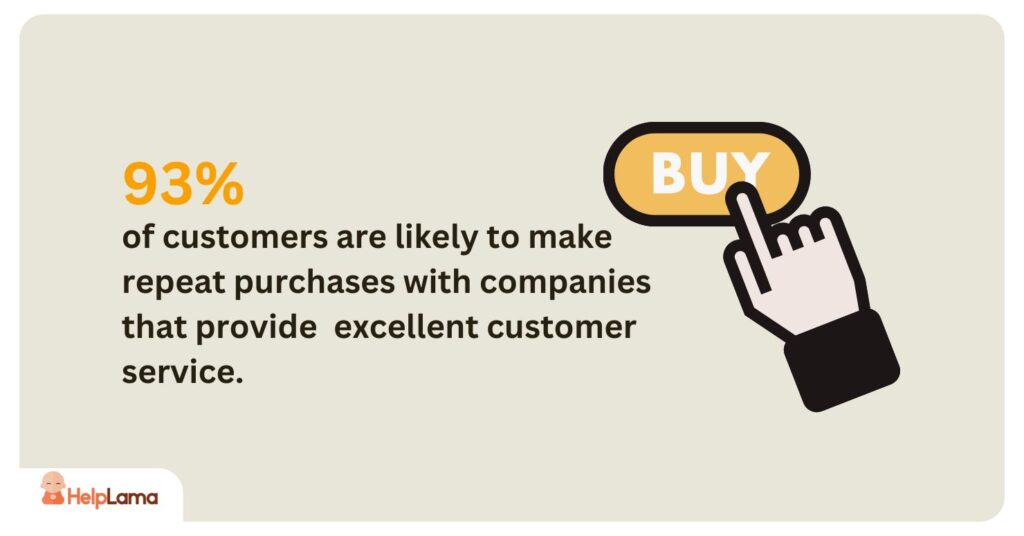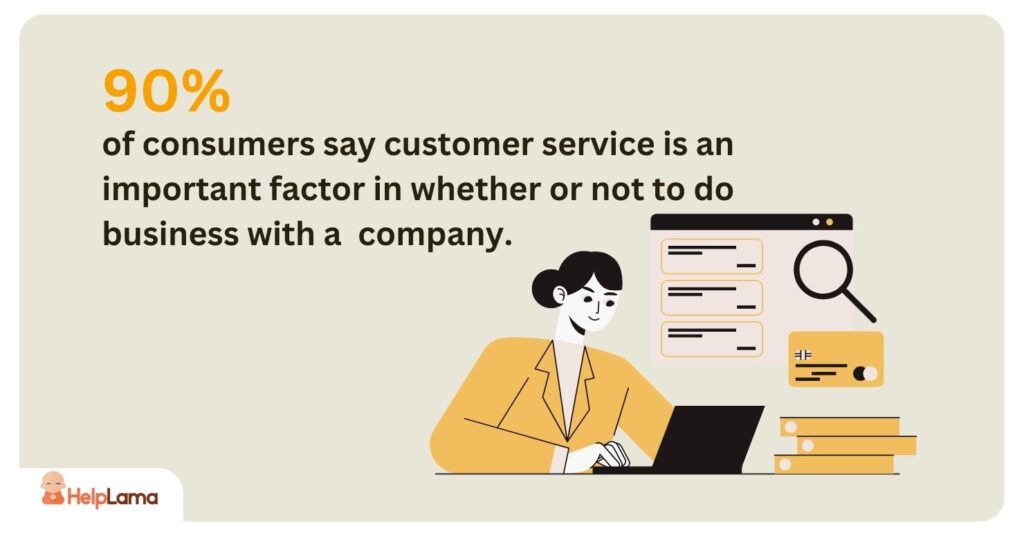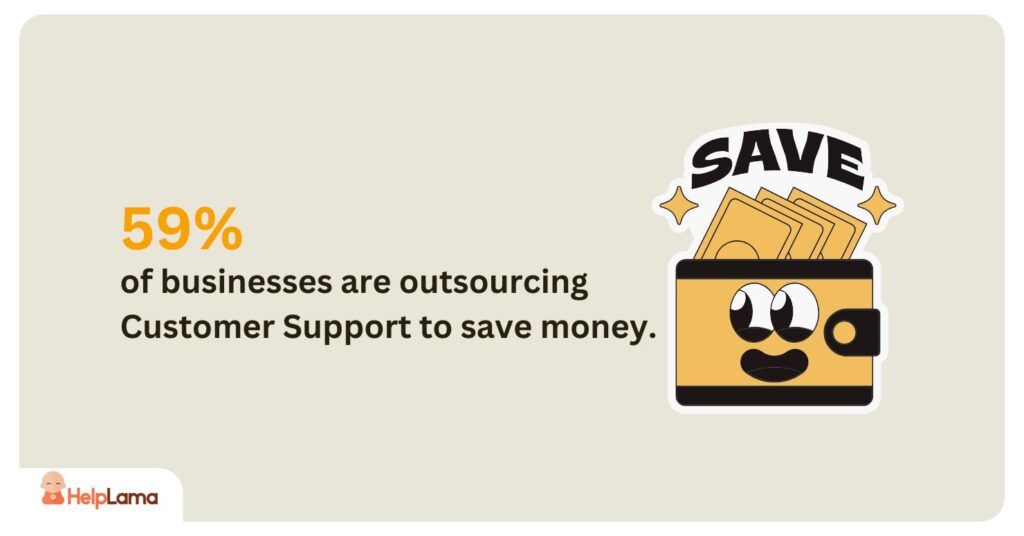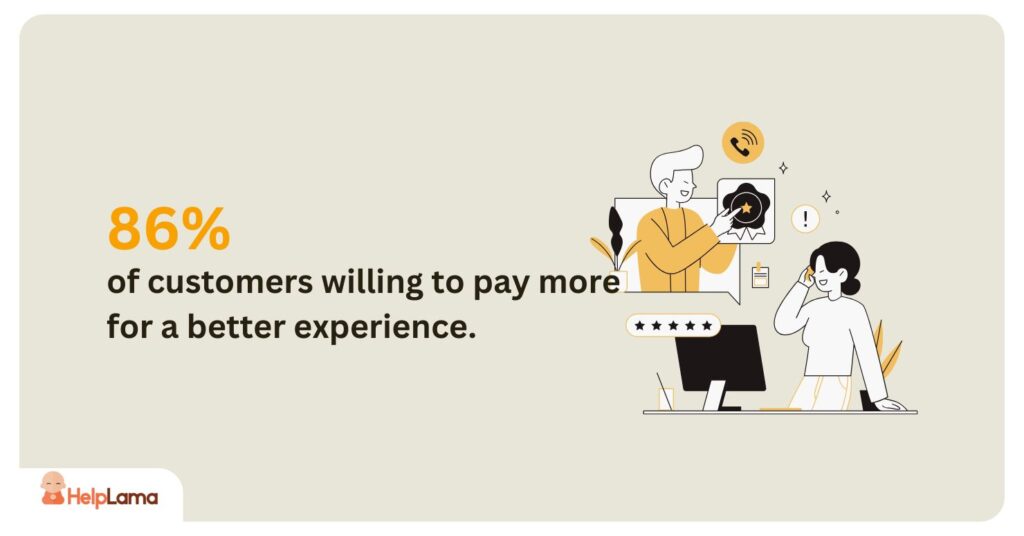Last Updated: December 2025
In the competitive world of software-as-a-service, delivering top-tier customer experiences is more important than ever. As we enter 2025, businesses must go beyond basic troubleshooting to build lasting relationships with their users.
In fact, a recent report reveals that 73% of customers will switch to a competitor after multiple bad experiences—a powerful reminder of why great support can make or break a SaaS company.
This article explores the most effective SaaS customer support best practices for 2025, offering actionable insights to help you exceed customer expectations and stay ahead in a rapidly evolving digital landscape.
Table of Contents
Why Customer Support Is Vital for a SaaS Company
SaaS Customer Support Best Practices for 2025
- Multichannel Support
- Personalized Customer Experience
- Empower the Support Team
- Balance Human Touch and Automation
- Foster a Customer-Centric Culture
Outsourced Customer Support for SaaS
Why Customer Support Is Vital for a SaaS Company
Customer support isn’t merely a reactive role. It’s also a primal contributor to success for every SaaS company. In a subscription-based model where retention is key, support has a direct effect on your bottom line.
93% of customers are likely to make repeat purchases with companies that provide excellent customer service. This kind of loyalty is precisely what drives long-term growth in SaaS.
1. High Customer Retention = Recurring Revenue
SaaS companies operate on monthly or annual subscriptions, meaning that pleasing existing customers is more lucrative than chasing new ones. Good customer support leads to users staying for longer, resulting in lower churn and greater lifetime value.
2. Customer Support Is the Frontline of the Brand
Support is the only human touchpoint that many users will have with your company. A friendly, speedy, and empathetic support team builds trust and loyalty in contrast, bad support can drive customers directly to your competitors.
3. Competitive Differentiator
The competition in SaaS can closely mimic features, but awesome customer support can be your differentiator. When customers decide between similar tools, an easy, supportive experience often tips the scale.
4. Prevents Minor Issues from Becoming Major Cancellations
SaaS consumers are used to solutions available in the immediate instance. If your app crashes or they’re unable to access a feature, their workday may be delayed. Prompt, knowledgeable support keeps the workflow chugging along and stops frustration from becoming cancellations.
SaaS Customer Support Best Practices for 2025
In the SaaS world, great customer service is no longer an option, it’s a necessity for survival and growth. Indeed, Microsoft reports that 90% of consumers say customer service is an important factor in whether or not to do business with a company.
With rising user expectations, adopting the right strategies can help you get ahead of the competition. Thus, here are 5 tried-and-true SaaS customer support best practices to follow in 2025:
1. Multichannel Support
Today’s SaaS users also expect to reach support via the channel of their choosing, be that email, chat, phone or social media. By ensuring multichannel support, you increase accessibility and meet customers where they are, which increases convenience and satisfaction.
It also allows for faster response rates and better resolution of problems. However, consistency across channels is important. Having an omnichannel platform for all your support helps to keep all contact with customers visible in one place. So, customers don’t need to repeat themselves, and agents are in the loop and able to deliver a seamless experience, no matter the channel.
2. Personalized Customer Experience
Personalization takes average support and makes it a memorable service experience. With customer data such as account history, usage patterns, and previous tickets, support teams can customize their replies and anticipate needs. It makes users more prized and appreciated, leading to trust and loyalty.
Personalized assistance is more efficient, with less back-and-forth. It can result in increased retention and even open the door for upsell or expansion opportunities. In the crowded field of SaaS, personalization can be a key differentiator.
3. Empower the Support Team
Your customer support team must have all the training, tools and authority to solve things themselves. Empowered agents are confident, motivated, and better able to help customers.
This lowers escalations and wait times, which improves customer experiences. Keep providing regular training, feedback loops and documentation accessible. Encouraging collaboration with other departments improves problem-solving, too.
When your agents feel a sense of ownership over the customer experience and you trust them to provide fast and smart service, every support interaction becomes an opportunity to drive customer satisfaction.
4. Balance Human Touch and Automation
Automation expedites service as bots handle FAQs, ticket routing and less-complex queries, leaving agents available to focus on more complex issues. But communicating only with bots can be frustrating for users who require empathy or nuanced assistance.
The magic lies in finding a balance between automation to improve efficiency while providing access to a human when needed. Smooth transfers between bots and agents avoid friction.
This mixed methodology promotes satisfaction, lowers expenses, and preserves the human aspect that makes SaaS customers feel cared for and appreciated.
5. Foster a Customer-Centric Culture
It all starts with company culture to foster support excellence. With a customer-centric culture support, product, marketing, and leadership teams are involved to make sure user needs are prioritized. Promote sharing feedback, working cross-team, and ongoing training to have an amazing customer experience in everyone’s minds.
With everyone aligned around customer success, problems get fixed more quickly, and solutions are more considered. This culture also must be modeled by leadership supporting input and investing in the tools and the people. Turn satisfied users into long-term loyalists and brand advocates with a customer-focused culture.
SaaS Customer Support Metrics
Performance measurement plays a big role in optimizing support operations. However, in the fast-paced SaaS environment, tracking the appropriate metrics can help you keep customer satisfaction high, churn low and innovate year on year. The following are key customer support metrics that every SaaS company must track:
1. First Response Time (FRT)
This measures the responsiveness of a support team in replying to the first message of the client. A Prompt response gives the users confidence that their problem will be solved. Top-performing SaaS teams aim to answer in less than 1 hour through email and less than 2 minutes on live chat.
2. Resolution Time:
Also known as Average Handle Time, this monitors how long it takes to resolve a ticket. Reduced resolution times result in swift assistance and greater customer satisfaction. It’s also a good metric of support efficiency and streamlined processes.
3. Customer Satisfaction Score (CSAT):
CSAT measures users’ satisfaction with a support interaction, typically collected via short surveys. A high score signifies that the customer experience met or exceeded what they were expecting. It’s one of the simplest ways of gauging user sentiment.
4. Net Promoter Score (NPS):
Net Promoter Score (NPS) measures customer loyalty and is calculated by asking your customers how likely they are to recommend your SaaS product. While great customer service encompasses much more than support, it plays a monumental role in it. A higher NPS means you are creating long-term relationships with users.
5. Customer Effort Score (CES):
This metric measures how easy it was for users to access help and whether they could resolve issues. Low effort experience translates into loyalty and satisfaction. But reducing customer effort should be central to every SaaS support strategy.
6. Ticket Volume and Backlog:
If you have the number of tickets coming in and how many remain to be solved, it makes it easier to manage workloads. A backlog that keeps getting bigger indicates a need for improved processes or more staff. It also exposes just how scalable your support system really is.
7. First Contact Resolution (FCR):
The first-contact resolution (FCR) is the percentage of issues that were resolved during the first contact without needing follow-ups. High FCR indicates that your team is effective and users should not have to repeat themselves. That’s a double whammy for efficiency and consumer satisfaction.
8. Churn Rate Linked to Support:
This measures the number of users who churn, commonly because of a poor or unresolved support experience. It demonstrates the direct correlation between customer service and retention. Providing better support reduces churn and safeguards your recurring revenue.
Outsourced Customer Support for SaaS
As SaaS companies scale, ensuring 24×7, high-quality support is a challenge coupled with a necessity. That’s where outsourced customer support for SaaS steps in. Partnering with seasoned external support providers enables SaaS companies to manage 24/7 support, elevated ticket volume flows, and multi-lingual support without the burden of a sizeable in-house team.
Outsourcing also provides SaaS companies with specialized talent, cutting-edge support tools and best practices. Outsource customer support, whether it’s live chat, email, phone, or technical, to ensure customers receive fast, professional service while your internal team can focus on product development and growth.
The Deloitte study claims that 59% of businesses are outsourcing to save money. But more and more Saas companies are doing it to provide a better service and scale up faster. The trick is finding a support partner who understands your product, believes in your brand values, and can scale with you.
Helplama: The Best SaaS Customer Support Outsourcing Agency
Helplama has earned its reputation as one of the best SaaS customer service outsourcing agencies by delivering a powerful blend of automation and human expertise. The company specializes in providing tailored support solutions that can cater to the fast-paced demands of SaaS businesses.
Whether you’re a startup or a growing enterprise, Helplama offers multichannel support, including live chat, email, phone, and social media, to ensure your customers always receive timely and professional assistance. Their agents are well-versed in handling everything from onboarding questions to subscription issues and technical support.
With 24/7 coverage and tech-savvy support staff, Helplama empowers SaaS companies to improve customer satisfaction, boost retention, and stay competitive in a rapidly evolving digital landscape.
Conclusion
As SaaS continues to evolve rapidly in 2025, delivering outstanding customer support is no longer optional—it’s a competitive necessity. With 86% of customers willing to pay more for a better experience, investing in well-structured, scalable support systems can significantly impact customer satisfaction and retention.
Implementing best practices like omnichannel support, automation with a human touch, and proactive onboarding can set your brand apart. And if you’re looking to outsource this critical function, Helplama offers an ideal solution—combining industry-specific expertise and customizable plans to help you exceed customer expectations at every touchpoint.
By aligning your customer support strategy with user needs and future trends, you’re not just solving problems—you’re building loyalty that lasts.

